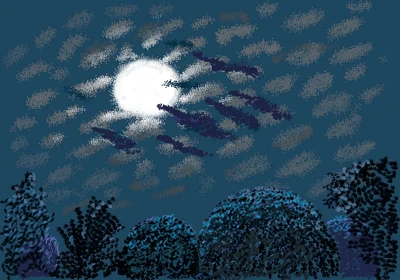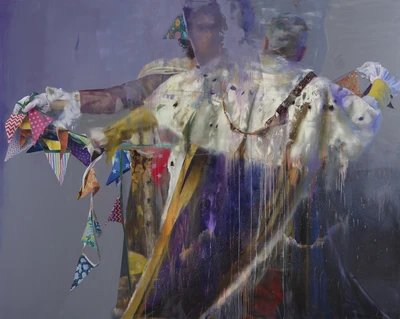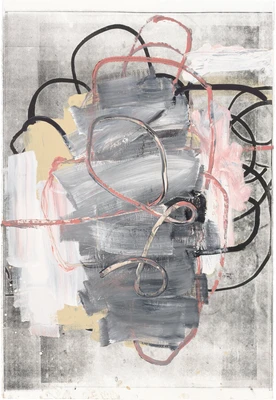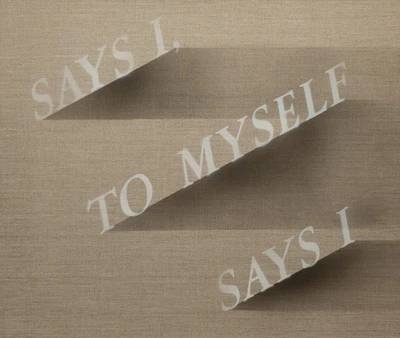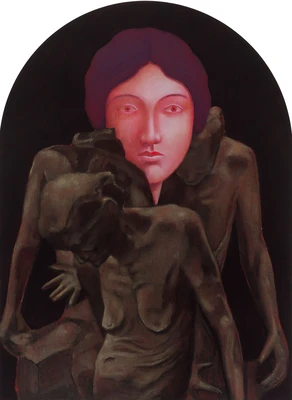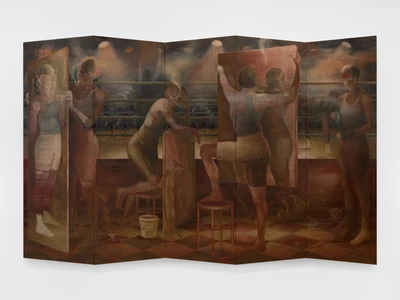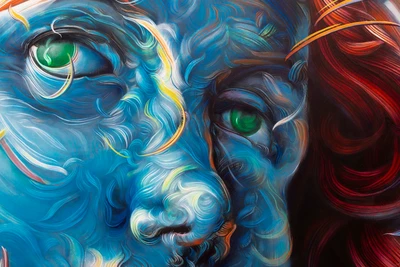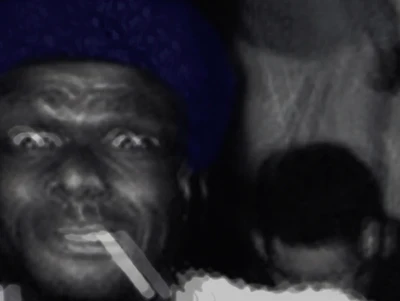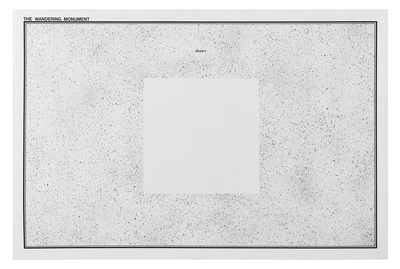13 Oct-12 Nov 2021
Overview
London’s Ronchini Gallery presents a solo exhibition of new, site-specific works by New York-based Jacob Hashimoto. The new works mark a continuation of the artist’s interest in kite-making, which has formed a pivotal part of his practice over the past twenty years as he has explored landscape, abstraction and our relationship between sculptural and pictorial space.
Hashimoto collages intricate, geometric patterns onto larger paper forms to create the kites which form his installations. Lying somewhere between painting and sculpture, these dense, layered compositions create a complex world from the different modular components. His fascination with kite-making dates back two decades, to when he first sought a way to break the picture plane and bring the artwork into the viewer’s physical realm. At the time, the artist started building kites and flying them in the park near his studio – a practice that revealed an organic transition from making field paintings to building fields of objects. Drawing from a variety of cultural and societal influences his accretive, layered compositions reflect a combination of current personal interest and world events.
Many of the new wall-based works in the exhibition were created during the lockdown imposed during the pandemic and a number of pieces reference the microscopic pattern of cells infected with viral diseases, drawings of plague architecture and the cellular structure of ancient trees. During lockdown of 2020 Hashimoto documented the plant life in Brooklyn, New York building a library of motifs from thumbnail sketches of life in the empty city.
Inspired by Anne Friedberg’s book The Virtual Window (2006), which traces the idea of the window from the Renaissance to our current digital landscape, the artist sees his new body of work as a series of overlappingwindows. He encourages the viewer to read space through the lens of technology, and consider how the digital world has changed, complicated and rewritten our relationship with painted and sculptural spaces.
